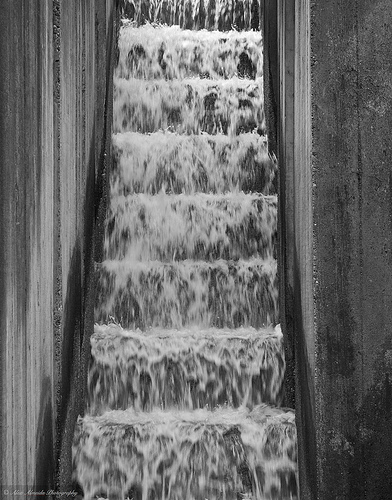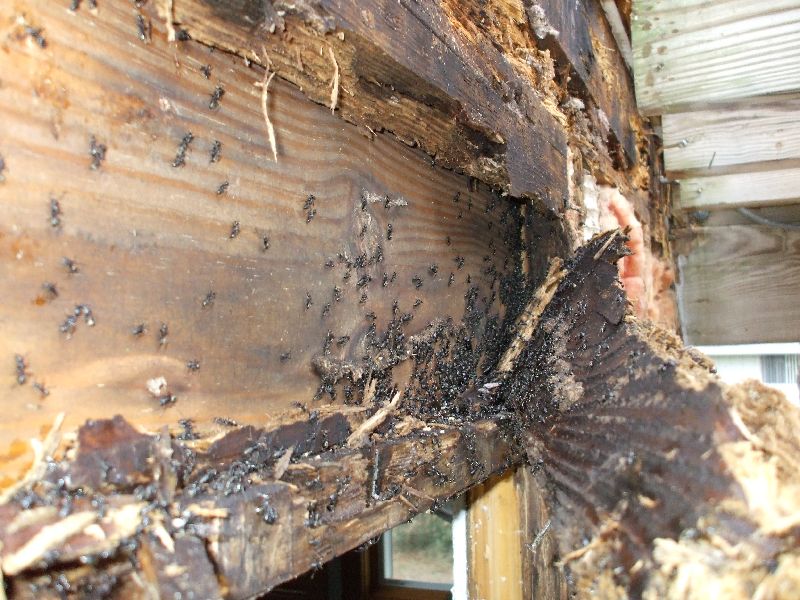That smell in your crawl space.
That smell that just grabs the insides of your nose and makes you close your eyes.
The ingredients to this ‘smell martini’ are a blend of mold, mildew, and ick. And just to add to the fun, all that ick may be getting sucked into your furnace and HVAC system and being blown around the house. A lovely way to possibly share some allergy fun.
And that smell of mustiness means, visible or not, there’s lots of water in the space.
Water is being forced through the foundation floors and walls from the ground into the basement, crawlspace or garage. It’s called hydrostatic pressure. Moisture can also come from water pooling near the foundation where landscape grading is toward, instead of away from, the house. Or both.
Inside the house, one course of action is a perimeter drain (a.k.a. French drain). This requires breaking the basement floor around the perimeter, digging a trench, installing rocks, drain tile and a sump-pump, then re-filling the hole and pouring new concrete. They’re awesome but they’re lots of work and lots of cash. And there are still the walls and hydrostatic pressure to deal with.
So drain or not, the key to beating musty smells—and making your home healthier overnight—is to dehumidify the area.
So how can you fix it?
The easiest and most cost effective way might be a dehumidifier, but not the kind you might be thinking.
Before you head to the store for a $100 dollar unit, it’s important to note that most dehumidifiers are for occasional, light-duty use and not for moving lots of water for long periods of time.
I’ve turned so many of the inexpensive units into ice cubes by over-running them I can attest to this personally. Plus, they’re loud, take up lots of room, and don’t really move that much water. Not the volume of water needed to beat that smell and to actually make the space feel dry.
To dry your basement out—and keep it that way for years to come—a purpose-built dehumidifier that can move gallons of water out of the air is the key.
Santa Fe’s Compact2, for example, can move 70 pints—that’s almost 9-gallons—of water a day out of the air. It costs more, but it does the thing that I expect from any tool: It works; it works well; and it lasts.
Hey, where did that smell go?








[…] ice maker line or frozen pipes—the key to keeping your home healthy is to dry it out. Before mold and mildew have a chance to start […]
[…] unit that can move buckets of moisture—not just say it does—is where the action […]